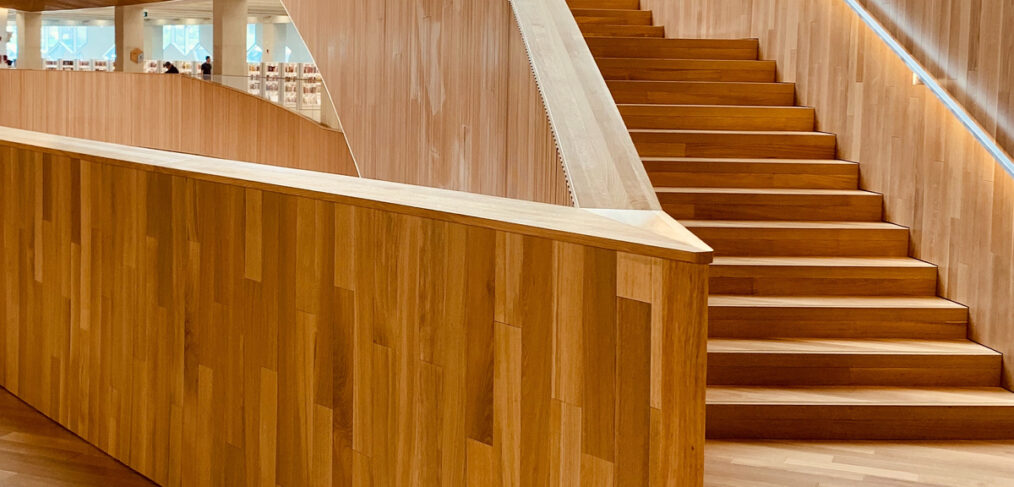
Timber office buildings. Sustainable yes, but are they viable?
The energy crisis has caused an increase in construction costs across all sectors. Can innovative design and building methods compete?
Cross laminated timber (CLT) has been a hotly discussed topic in the design of office buildings for some years now. CLT is a high performance, renewable, recyclable and durable material. It is made by gluing layers of solid-sawn lumber boards together in a crosswise configuration. This creates a panel that is strong, stiff, and dimensionally stable, making it well-suited for use in large-scale construction projects such as multi-story buildings.
The CLT method is being used by The Office Group in their construction of The Black and White Building in Shoreditch and they claim that they will produce 37% less carbon during construction than a typical concrete, steel and cement building.
Clearly all developers and investors are (or should be) aiming to be as sustainable as possible in the construction and operation of buildings but can timber construction be viable when compared to the cost of traditional building methods?
With greater advancements in timber engineering and building techniques it should be possible to compete with traditional costs whilst still providing exciting and sustainable buildings. However, the actual cost comparison is not straightforward and will depend on multiple factors – type of wood, complexity of design and the location of the project. Also, the volatility of energy pricing today is making cost estimating practically impossible.
Exciting times ahead for office development and we’re looking forward to seeing The Black and White Building progress and welcoming them as our neighbours to Telephone House in Shoreditch!


